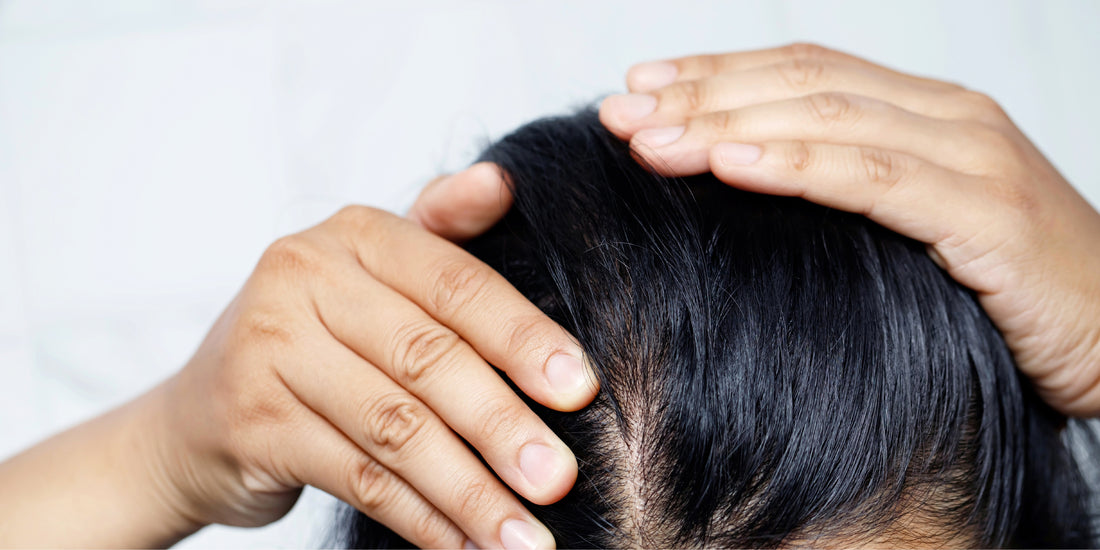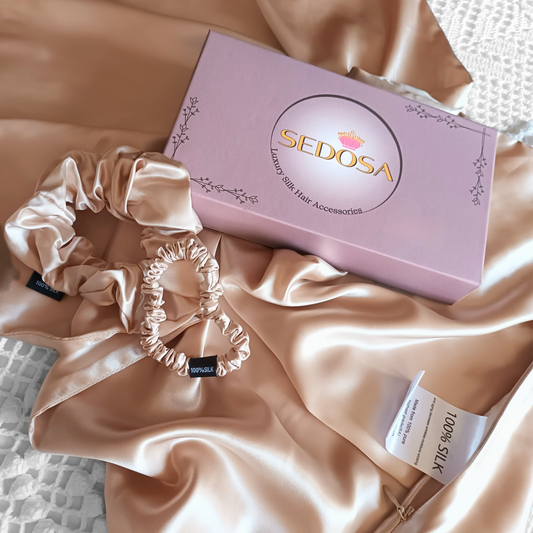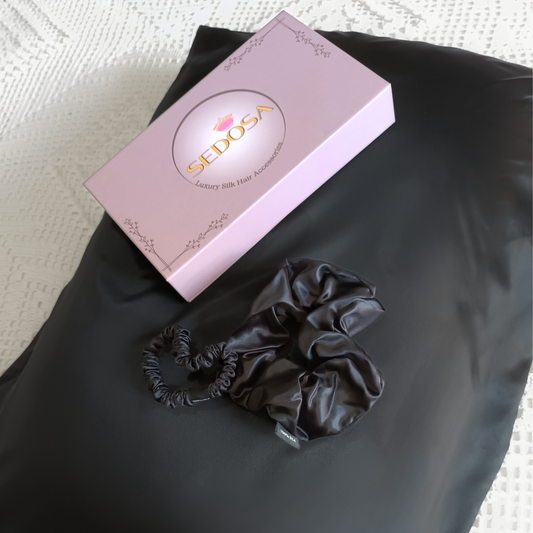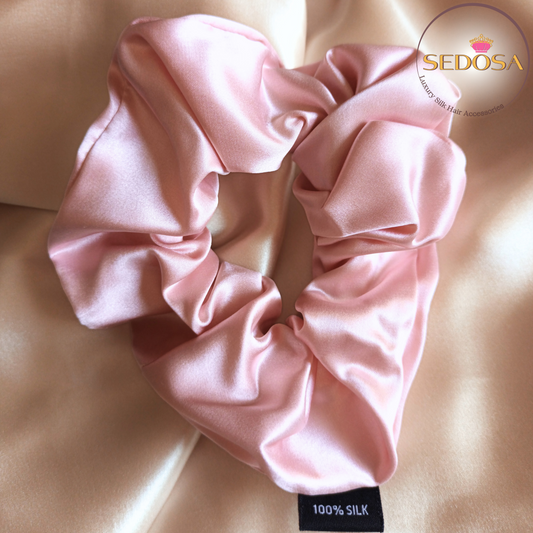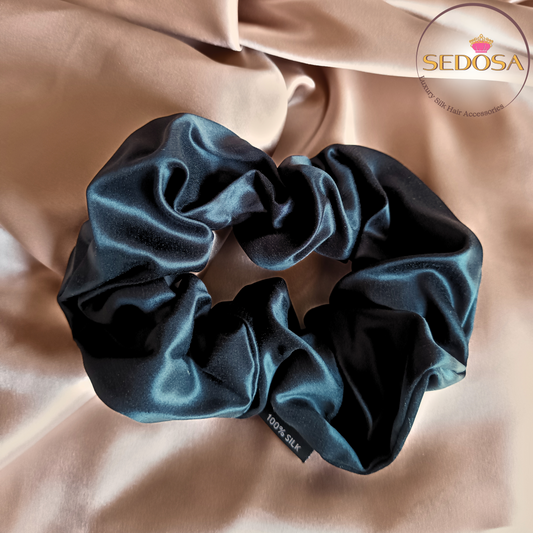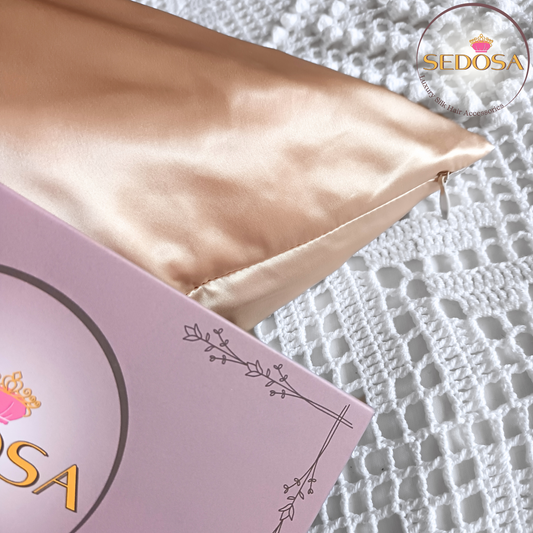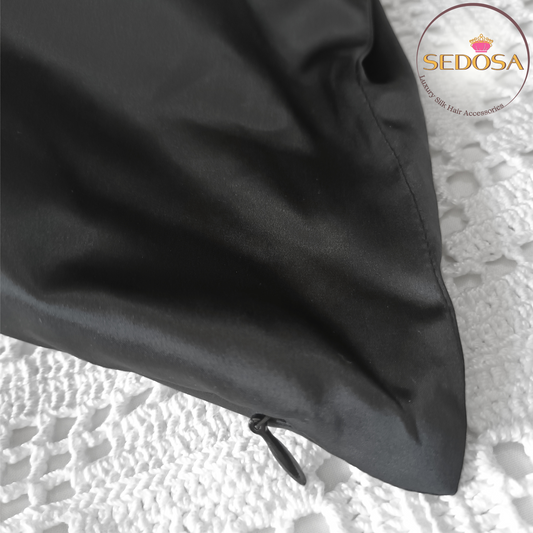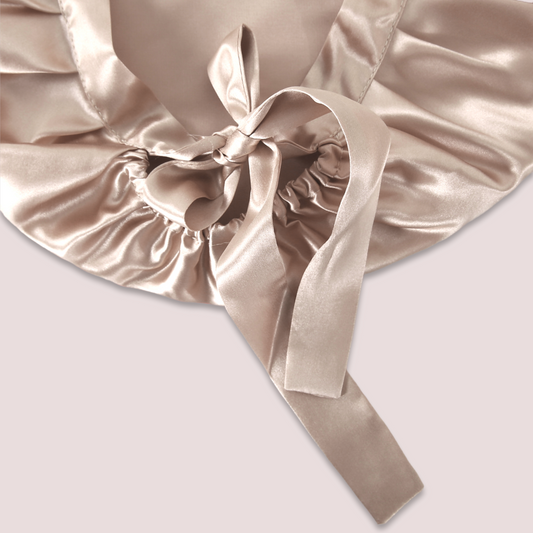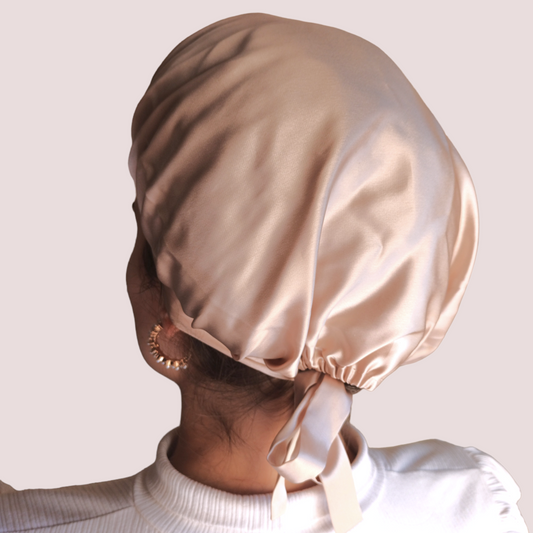If you are reading this article you are probably familiar with the emotional pain behind having signs of a receding hairline. You are maybe thinking that you could have prevented this problem earlier or maybe you are just wishing to find a magic solution... Well, we don't have a magic solution, but we can share with you a few tips that may change your life! Never forget: prevention is the best treatment.
So one important thing to know is: traction alopecia is preventable!
If you are thinking “But I already have signs of traction alopecia and receding hairline, so how can this be helpful?" well, we won’t only provide you with information of what you can do to prevent it, as we will also share valuable information for what you can do in the early stages. So keep scrolling, as we will keep sharing. But before engaging in the prevention section, let’s start with the basics.
What is traction alopecia exactly?
Traction alopecia can be defined as hair loss due to repetitive tension on the hair and consequently may induce a receding hairline. It occurs especially in women with hairstyles that induce a continuous pulling force on the hair roots. The chronic traction caused by certain hairstyles can affect the dermal papilla, and consequently leading to a diminution of the hair follicle.
When can traction alopecia and a receding hairline start showing?
Problems can typically start in childhood and its prevalence increases with age, being higher among adult women.
Risk factors for receding hairline by traction alopecia:
Besides practicing various hairstyles, some hair care practices may have a major influence on traction alopecia. The most common ones, for their involved tension are ponytails, chignon, braids, cornrows, twists, sister locks, dreadlocks, weaves, extensions, and curlers.

Signs and symptoms of traction alopecia
Traction alopecia has a characteristic pattern and it reflects the distribution of the traction. It can be associated with headaches that is normally relieved when the hair is loosened.
Prevention
It all starts with education! With this article we have the goal to spread a message to all parents, children, teenagers and young adults. The message is that traction alopecia is a problem that shouldn’t be neglected and should be prevented from early stages!
How?
- Reducing hair tension by reducing the tightness of the braid or hairstyle.
- Regularly changing your hairstyles especially if you feel tension or a headache.
- Swapping conventional hair ties for soft fabric ones, such as our Sedosa Silk Srunchies.

Other strategies include complete avoidance of chemical treatments, heat and brushing the affected area.

Here are some examples of hairtyles you can easily do that will feel comfortable on your hairline. We are using our 100% silk scrunchies as they are soft on the hair and hairline. If you want to know how to make these hairstyles check our social media accounts. We have a tutorial for each of them where we explain them step by step. You have to try them!
In conclusion, if you are using protective hairsyles remember to have them done in a gentle manner, without adding too much force to the braid or style tightness, to prevent traction alopecia and a receding hairline. If you are using conventional hair ties to pull up your hair, try to swap them for silk hair ties and don’t add too much force to the ponytail or hairstyle.
We hope this article provided you with some valuable information and actions you may use to protect your hair health. For more life changing tips keep visiting our blog and don’t forget to follow our social media accounts for more valuable information.
For any health concerns, always see your medical practitioner!
Stay Sedosa! 💖
[Reference article: https://www.ncbi.nlm.nih.gov/books/NBK470434/]


